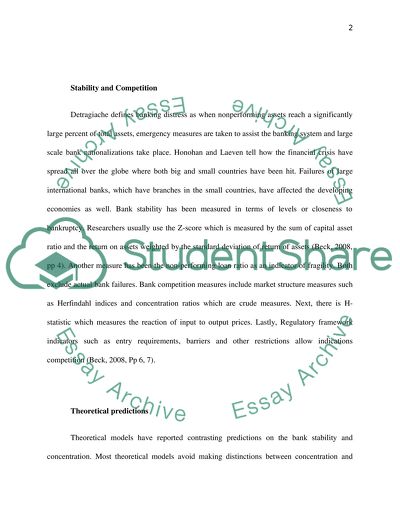Cite this document
(“Bank Competition and Financial Stability Research Paper”, n.d.)
Retrieved from https://studentshare.org/finance-accounting/1433538-bank-competition-and-financial-stability-essay
Retrieved from https://studentshare.org/finance-accounting/1433538-bank-competition-and-financial-stability-essay
(Bank Competition and Financial Stability Research Paper)
https://studentshare.org/finance-accounting/1433538-bank-competition-and-financial-stability-essay.
https://studentshare.org/finance-accounting/1433538-bank-competition-and-financial-stability-essay.
“Bank Competition and Financial Stability Research Paper”, n.d. https://studentshare.org/finance-accounting/1433538-bank-competition-and-financial-stability-essay.


